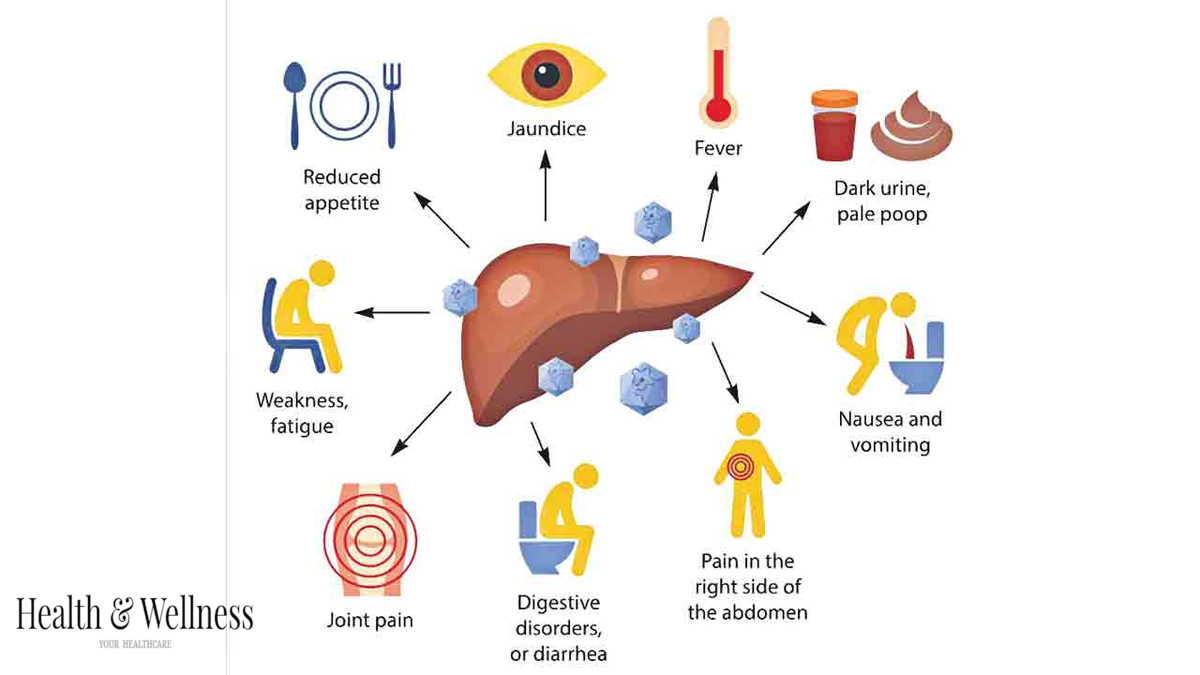Running: What It Is, Medical advantages, How to Get everything rolling, and How to Improve

Running has been progressively famous for a really long time. That is not shocking considering its activity boasts: It requires little gear, simply a couple of running shoes. It’s an exercise you can do individually and remove with you in the event that you’re from home (no rec center or class times to stress over). It’s productive. What’s more, it tends to be perfect for supporting cardiovascular wellness.
As needs be, there was an increase in interest in the game when the Coronavirus pandemic shut down rec centers and different kinds of gathering exercise. A report from sports overseeing body World Games that investigated sporting running patterns found that around 13% of sprinters reviewed had begun in no less than an extended period of the beginning of the pandemic, and more than one-fifth of all sprinters said they were running more during the pandemic than they at any point had before.
Whether you’re in it for the heart medical advantages, for the comfort, or to one day kill a major 26.2-mile long distance race, here’s a manual for kick you off.
What Is Running?
How about we start toward the start. Running is the activity or development of driving yourself forward quickly by walking, as per Amy Morris, a guaranteed running trainer and head of individual preparation at CrossTown Wellness, a Chicago-based rec center.
It’s unique in relation to strolling in light of the fact that when you walk, one foot is dependably on the ground. Be that as it may, with running, there’s a second when the two feet are off the ground. That is the thing has running a high-effect movement.
Contingent upon the kind of running you’re doing, it tends to be oxygen consuming activity, anaerobic activity, or a mix of both. Vigorous and anaerobic activity are the two subtypes of cardiovascular activity. During high-impact work out, oxygen admission and pulse stay reliable throughout some stretch of time, while anaerobic activity includes fast explosions of energy performed at your most elevated level of exertion for a short time.
Running is high-impact assuming that you’re keeping your speed and energy consumption genuinely steady. Think distance running and aerobic exercise. The body utilizes oxygen to make the energy expected to make all the difference for you, Morris makes sense of. These exercises are generally lengthy runs, simple speed runs, and recuperation runs, and they ought to make up most of a sprinter’s week after week mileage.
Consider anaerobic running runs and different sorts of speed work. “With anaerobic running, your body can perform at extreme focus involving the put away energy in your muscles without oxygen, and this typically endures anyplace from under six seconds to as long as two minutes,” Morris says.
Morris proposes that the typical grown-up spends at least 16 to 24 weeks to construct a legitimate base for proficient oxygen consuming running. From that point onward, anaerobic running can assist with further developing execution, she expresses, particularly regarding speed.
The Medical advantages of Running
Running can convey a large group of both physical and psychological wellness benefits (as can most sorts of activity, obviously). Here a couple to realize about that have explicit connections to running:
- Helped State of mind and Energy Levels A review distributed in 2018 found that running for just 15 minutes can further develop temperament and energy levels, and it had a greater amount of an impact for members than reflection, profound breathing, moderate muscle unwinding, or directed imagery.
- Helped Memory, Concentration, and Assignment Exchanging In light of the fact that running causes biochemical substances called endocannabinoids to be delivered in the circulation system and into the mind, it streamlines cerebrum function.
- Better Respiratory Capability Alongside emotional wellness benefits, running is connected to further developed cardiovascular and respiratory capability on the grounds that every one of those frameworks is getting more oxygen and better blood stream, says Bryant Walrod, MD, sports medication doctor at The Ohio State College Wexner Clinical Center in Columbus.
- Further developed Cardiovascular Wellbeing An examination survey distributed in 2020 tracked down that expanded paces of cooperation in running, paying little mind to how much of the time you run, show lower chance of cardiovascular-related mortality.
- More Muscle Strength Albeit running isn’t really viewed as a strength exercise, Morris expresses muscles in your lower body, similar to your hamstrings, glutes, and quads, certainly get more grounded with running (considering that they need to start up to keep you balanced out).
- Further developed Bone Thickness A review distributed in 2021 saw runners between ages 40 and 85, surveying their bone thickness utilizing filters taken toward the beginning of the review and again around 10 years later. The people who ran consistently kept up with bone strength, and some even superior their thickness over the long run, while those who’d decreased preparing saw a decrease in bone wellbeing.
- Lower Hazard of Ongoing Infection This is thanks to running being connected to more controlled circulatory strain, glucose, and body weight, Dr. Walrod says. Also, on the off chance that it assists you with raising a ruckus around town benchmark of 150 minutes of week after week actual work, you’ll diminish hazard of certain tumors, coronary illness, and type 2 diabetes.
- Living Longer As per an examination survey distributed in 2017, studies propose sprinters have a 25 to 40 percent diminished chance of untimely mortality and live roughly three years longer than nonrunners.[8]
Also, you don’t have to run consistently to see benefits, Walrod says.
Step by step instructions to Begin Running
One of the most mind-blowing approaches get into a running daily schedule and fabricate the perseverance to assist you with following a preparation plan is walk-running, says Joshua Scott, MD, essential consideration sports medication doctor at Cedars-Sinai Kerlan-Jobe Establishment in Los Angeles.
That implies going on an energetic walk, and when your body feels heated up — normally following 10 to 15 minutes — attempt a touch of running (which is running at a casual speed that requires just a low degree of effort, Dr. Scott says — however it’s quite important there’s not a reasonable agreement on the particular distinctions among running and running).
“Begin with only five minutes of running assuming that is agreeable, or even 30 seconds,” he says. Then return to strolling until breathing turns out to be simple once more. Then change back to running for one more short time interval that is agreeable and return to strolling.
The length of these spans in time and distance will rely upon your wellness level, yet both ought to increment continuously after some time. The running bits will be more difficult than the strolling ones, yet your speed generally speaking ought to feel to some degree comfortable, Scott adds. (You would rather not be propelling yourself so hard you are gasping or totally short of breath.)
The endpoint is to move toward running at an agreeable speed for no less than 15 minutes a couple of times each week. By then, you can consider following a preparation program to proceed with your advancement.
Most wounds happen in light of the fact that individuals do excessively, too early, Scott says.
Likewise, certainly include rest days when your body is recuperating, even from short runs. He recommends some chest area practices on those days to give the legs a rest or yoga that can work on your general portability.
Following a running preparation program that accommodates your objectives and wellness level is an effective method for expanding your running at the right speed.






